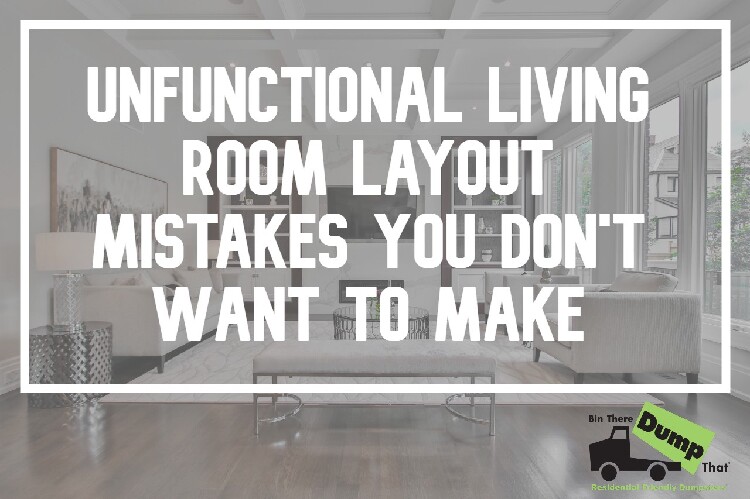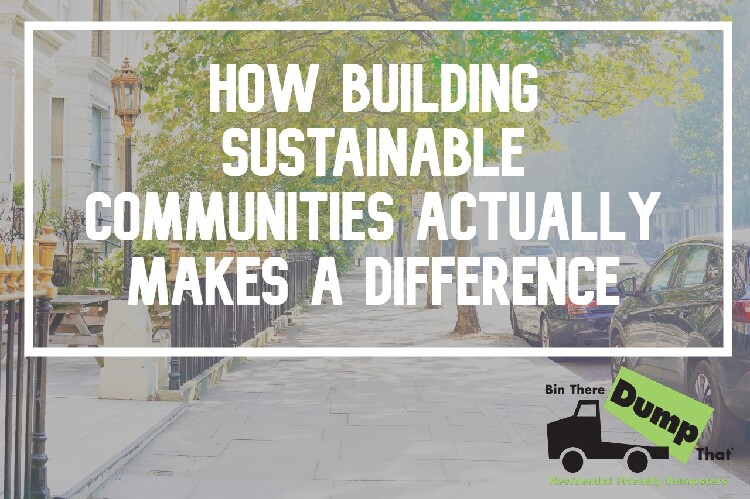
Unfunctional Living Room Layout Mistakes You Don't Want to Make
The living room is where you spend most of your leisure time, relaxing with family and friends, and entertaining guests. It's essential to design your living room in a way that is comfortable, functional, and visually appealing. In this article, we will answer some of the most common questions about living room layout and provide you with tips and ideas for placement.
How Do I Structure My Living Room?
Structuring your living room can be a daunting task, but with a little planning, it can be an enjoyable experience. Before you start, consider the size of your living room and the furniture you already have. Take measurements and create a floor plan to visualize the layout.
Start by creating a focal point in the room, such as a fireplace, a piece of art, or a large window. Then, arrange your furniture around the focal point, keeping in mind the traffic flow and creating conversation areas. A good rule of thumb is to leave at least three feet of space between furniture pieces.

Small Living Room Layout
Designing a small living room layout requires creativity and smart use of space. Here are some tips for small living room layout:
- Use multipurpose furniture, such as a sofa bed or a storage ottoman.
- Use mirrors to create an illusion of space.
- Avoid clutter by choosing a few statement pieces of furniture.
- Choose a color palette that makes the room feel airy and open.
Perhaps you have a larger space:
Large Living Room Layout
A large living room can be a blessing, but it can also be a challenge to design. Here are some tips for large living room layout:
- Divide the room into designated areas, such as a seating area, a dining area, and a entertainment area.
- Use rugs to define the different areas.
- Incorporate large statement pieces, such as a chandelier or a sculpture, to add drama to the room.
- Use a mix of furniture styles and textures to create visual interest.

Tips for Sofa Placement and Space Optimization
You may have several questions when it comes to the seating in your living room: Should you put your couch against the wall? Which direction should a sofa be placed? When deciding where to place your sofa in the living room, the direction should depend on the focal point of the room.
If you have a fireplace or a TV, it's best to position the sofa facing it. However, if you have a beautiful view, consider placing the sofa to face the window. In case there is no clear focal point, you can create one by placing a large piece of art or a bookshelf.
On the other hand, it's a common misconception that placing the couch against the wall will create more space. In reality, it can make the room feel cramped. Instead, consider floating the sofa away from the wall to create a more intimate conversation area. This arrangement can help create a cozy ambiance and add depth to your small living room layout or large living room floor plan. Make sure to have a sofa that makes sense, and if your couch is old, consider replacing it for a modern one.
Where Should I Put My TV in My Living Room?
The placement of your TV depends on the size of your living room and the distance from your seating area. The TV should be at eye level when you're seated, and the distance from the screen should be around two times the screen size. If you have a large living room, consider mounting the TV on the wall to save space.
Should a TV be Placed Over a Fireplace?
Fireplaces can make a living space stand out. If you've created a fireplace mantel on your own, you'll no doubt want to have it decorated and utilized in the best way possible. Placing a TV over a fireplace is a popular trend, but it's not always the best option. The heat from the fireplace can damage your TV, and it can also strain your neck when you're watching. If you must place your TV over the fireplace, make sure to use a heat-resistant mount and keep the screen at eye level.
How to Place Furniture in Front of Windows
Strategically placing furniture in front of a window can work well if your living room's layout allows it. A low-back sofa is an ideal option that won't obstruct the view, but make sure to keep the windows clear of any accessories.
Additionally, you could consider using low-profile furniture like a bench or an ottoman, or use the window as a backdrop for a larger piece of furniture like a sofa or bookshelf. Ultimately, the key is to choose furniture that complements the window and doesn't detract from its beauty.
In conclusion, structuring your living room can be a fun and rewarding experience if you plan ahead and consider your needs and preferences. Use these placement tips and ideas to create a functional and stylish living room that you'll love spending time in.














